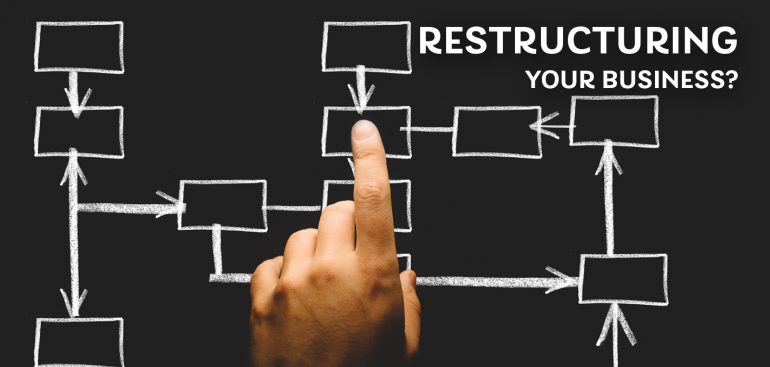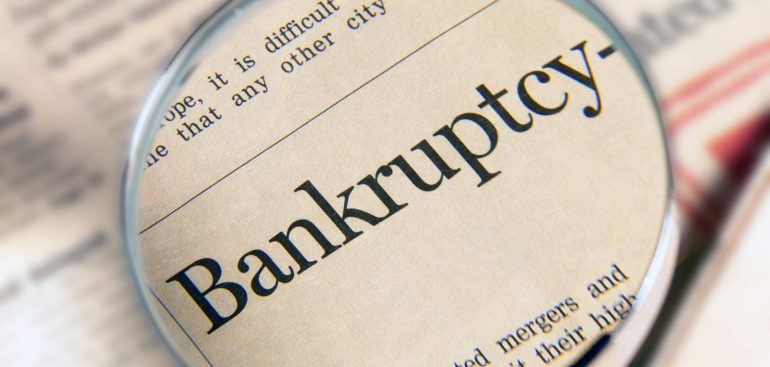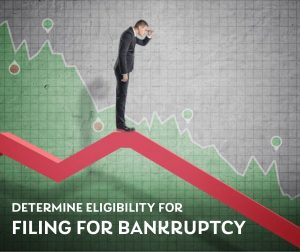The economic global impact of the COVID-19 pandemic has been disastrous. It has caused a slowdown in global trade, disruption in supply chains, and changed tourism flows. Over three million Americans filed for unemployment benefits as COVID-19-induced layoffs increased around the US. The full repercussion of COVID-19 and the subsequent lockdown may only be properly understood once all this has passed.
The impact by industry varies as every finance function has to consider the unique aspects of the company’s financial statements along with their ability to produce quality financial reports with workforces that may be distributed and disconnected due to health and safety considerations.
A company may choose to restructure as a means of preparing for a sale, buyout, merger, change in overall goals, or transfer to a relative.
Renegotiating financial contracts helps businesses that are short of cash in two ways. First, it allows them to realign the financial and contractual burden associated with their financial obligations so that it matches their current values and cash flows. Second, it facilitates the addition of new capital into the business.
What costs are involved when restructuring your company?
Restructuring Cost refers to the one-off expenses which are incurred by the company in the process of reorganizing its business operations with the purpose of the overall improvement of the long-term profitability and working efficiency of the company and are treated as the non-operating expenses in the financial statements.
The following restructuring costs are considered when calculating restructuring charges:
- Furloughing of employees
- Closure of existing manufacturing plants
- Shifting of company assets
- Writing off or sale of assets
- Purchasing of new equipment
- Diversifying business into a new market
To learn more about business restructuring contact Georgen Scarborough to schedule your consultation.



